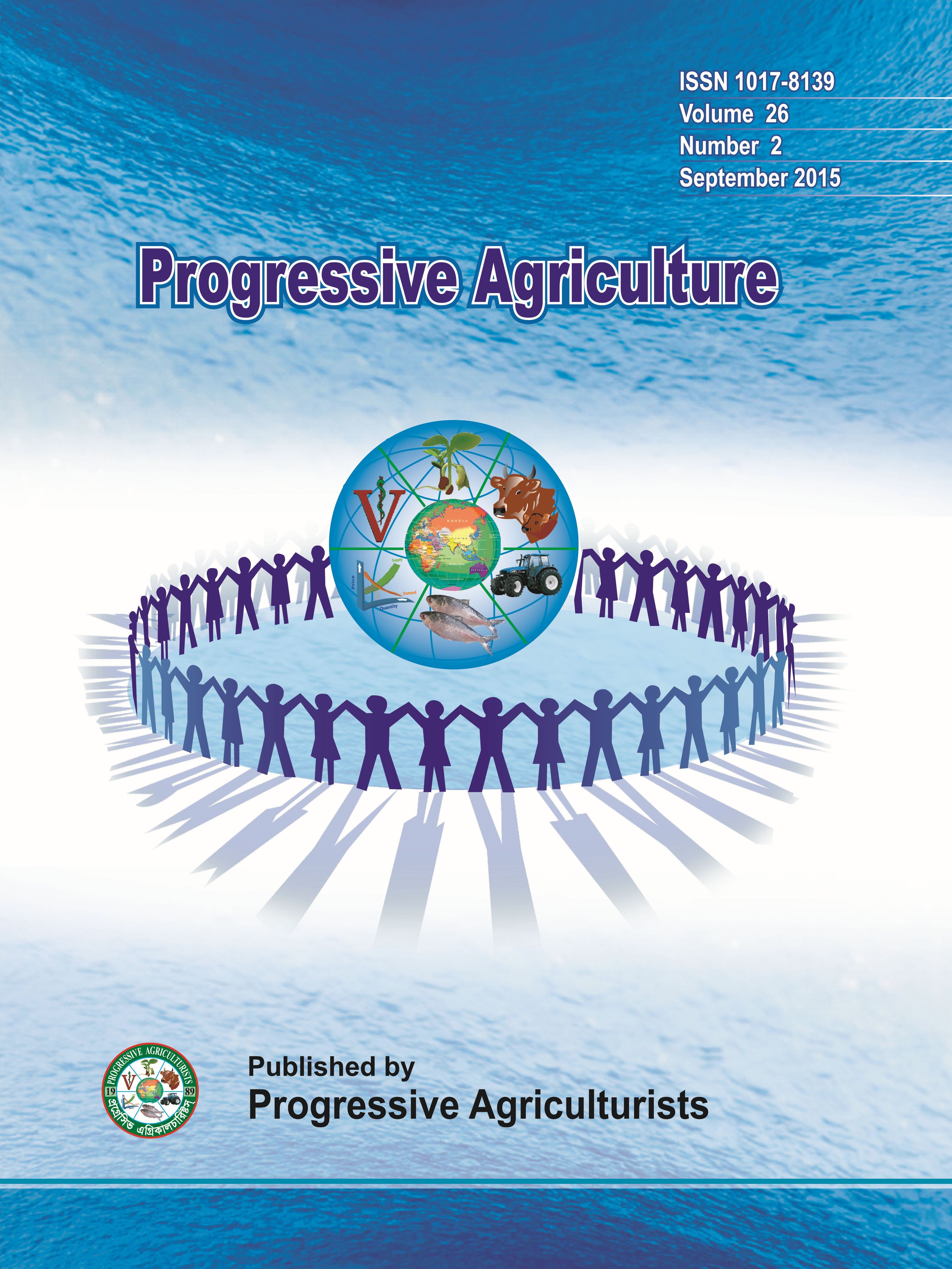Coping strategies of women in flood prone areas of Bangladesh
DOI:
https://doi.org/10.3329/pa.v26i2.25977Keywords:
Coping mechanisms, food vulnerability, livelihood, BangladeshAbstract
The present research have been undertaken to have an understanding of poor womens flood coping strategies in selected flood prone areas of Narsingdi district of Bangladesh. The objectives of the study were: (i) identifying and assessing a respondents extent of practice of the strategies; (ii) determining the flood coping ability of poor women; and (iii) determining some important characteristics of poor women. The study was conducted in two villages namely, Karimpur of Karimpur union and Alokbali of Alokbali union in Sadar upazila under Narsingdi district. Data were collected from a total of 100 poor women from a population of 402. A structured interview schedule (questionnaire) was used to collect data from the selected sample, while a number of qualitative data collection methods were used which included focus group discussion (FGD), case study and key informant interviews (KII). The data were collected from June to August, 2014. The selected thirty coping strategies against floods were arranged in a 4-point scale in order to reveal a respondents extent of practice of the strategies. Finally, the flood coping strategies indexes (FCSI) were made these are: (i) increasing the level of homestead and using sand bags in backyard to protect edge erosion; (ii) build a makeshift high platform at home; and (iii) keeping major dry food for future use, etc. Flood coping ability of poor women was measured by considering six dimensions of womens livelihoods. Majority of the poor women (66%) had low flood coping ability, while 22% had medium and the remaining 12% had very low coping availability in the study areas. It is notable that none of the respondents was found to have high flood coping ability. Educational status was very low and 66% had no formal education. Most of the respondents were less interested in continuing their childs education because of their poverty and less opportunity of educational institutes. The migration behavior is very common and 56% respondents are absolutely landless. Majority (68%) of the respondents had low extension media contact and 74% of the respondents were expecting training for protecting flood. The respondents identified five major sectors needing expansion to improve their existing livelihood status these are credit, working opportunity, health service, shelter, and education.
Progressive Agriculture 26 (2): 155-167, 2015
Downloads
275
428

